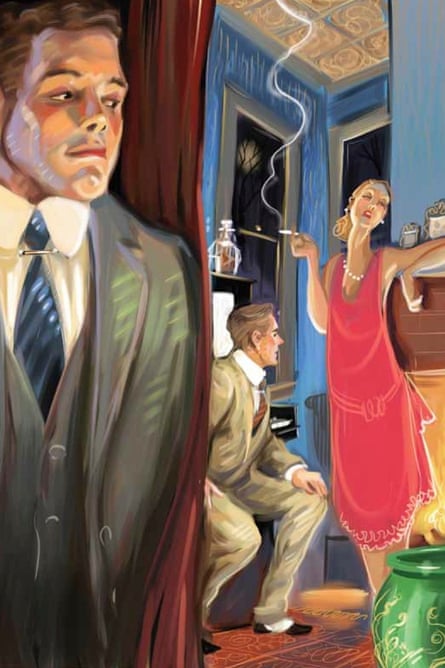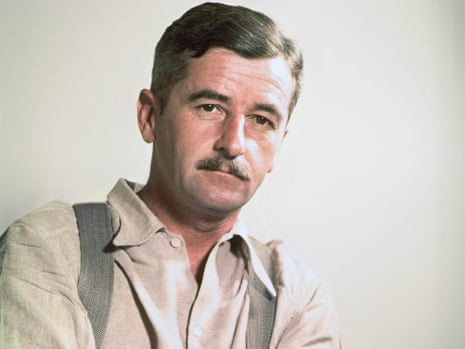An early play by a young William Faulkner, in which an author better known for his intense, dark depictions of life in the southern US tries his hand at light humour and romance, has been published for the first time almost a century after it was written.
Twixt Cup and Lip was written by Faulkner in the early 1920s, when the author would have been in his 20s. A one-act play, it is set in the apartment of a “well-to-do bachelor”, and sees two friends of around 30, Francis and Jim, each vying to convince the 19-year-old Ruth to marry them. It was discovered by Andrew Gulli, managing editor of the Strand, in the University of Virginia’s Albert and Shirley Small special collections, and has just been published for the first time in the new issue of Gulli’s mystery magazine.

“I was surprised to find it and I thought it was a fine gem by a young Faulkner who would go on to write works that were dark masterpieces and also some wonderful screenplays,” said Gulli, who has also discovered and published lost works by authors including F Scott Fitzgerald and Tennessee Williams.
The Strand describes the play as “a light-hearted jazz age story”. Prohibition is under way, and the friends are enjoying an illicit drink. Ruth’s drinking, however, comes under censure from Jim, who asks Francis: “What are our young girls coming to these days? They every one need to be taken by a strong hand,” adding: “I certainly don’t approve of that child chasing all over the known world after a bottle of liquor. It’s disgusting.”
Jim is so sure Ruth will say yes to his proposal that he is happy for Francis to hide behind the curtain and listen. “Please don’t lecture to me, you know I haven’t got any brains,” says Ruth as she arrives and proceeds to smoke and burst into tears at regular intervals, before what the Strand described as a “surprising twist” is revealed at the play’s close.
“Faulkner wrote this at a time of great change in society, especially for women,” Gulli told the Associated Press. “This work is unique in that it showed a side of Faulkner that was comical, yet that at the same time explored the nascent theme of the independent jazz-era female that F Scott Fitzgerald and Dorothy Parker carried on further.”
Christopher Rieger, director of the Center for Faulkner Studies at Southeast Missouri State University, told the newswire that the play was written while Faulkner was part of a University of Mississippi theatre group in the 1920s. “He’s showing a knack for comedy and a knack for dialogue, too,” said Rieger. “You’re not seeing the trademarks from his more famous works, although the techniques he’s perfecting here would serve him well.”
Faulkner would go on to publish his novel The Sound and the Fury in 1929, and As I Lay Dying in 1930. In 1949, he won the Nobel prize for literature, praised “for his powerful and artistically unique contribution to the modern American novel”.

Comments (…)
Sign in or create your Guardian account to join the discussion